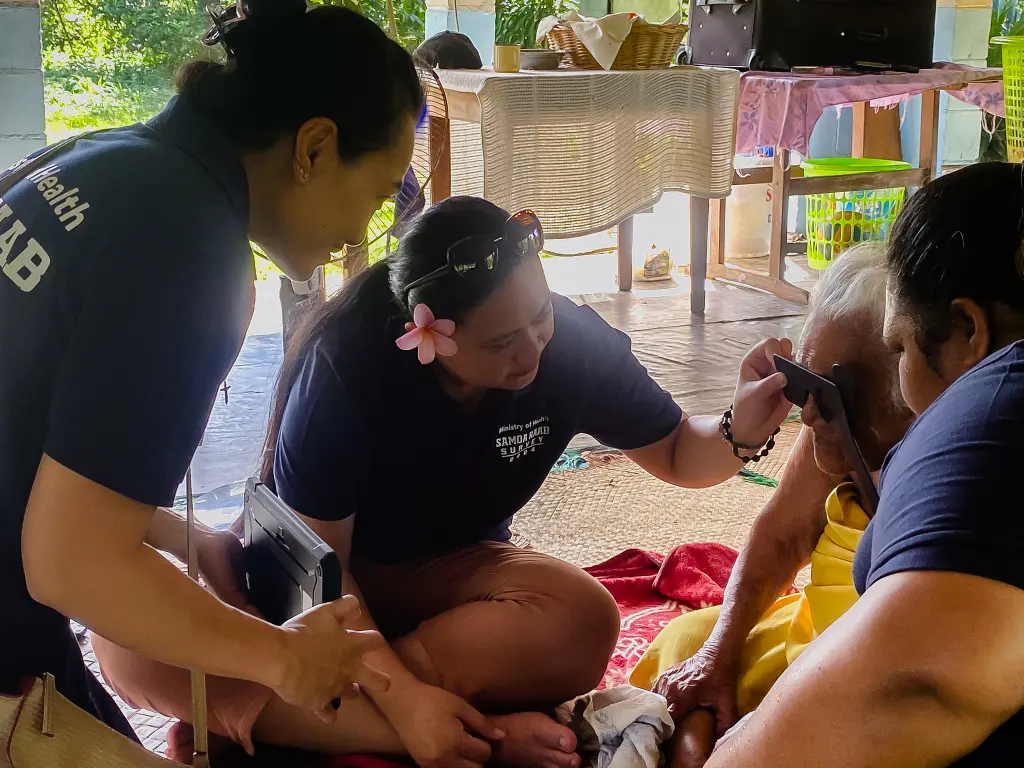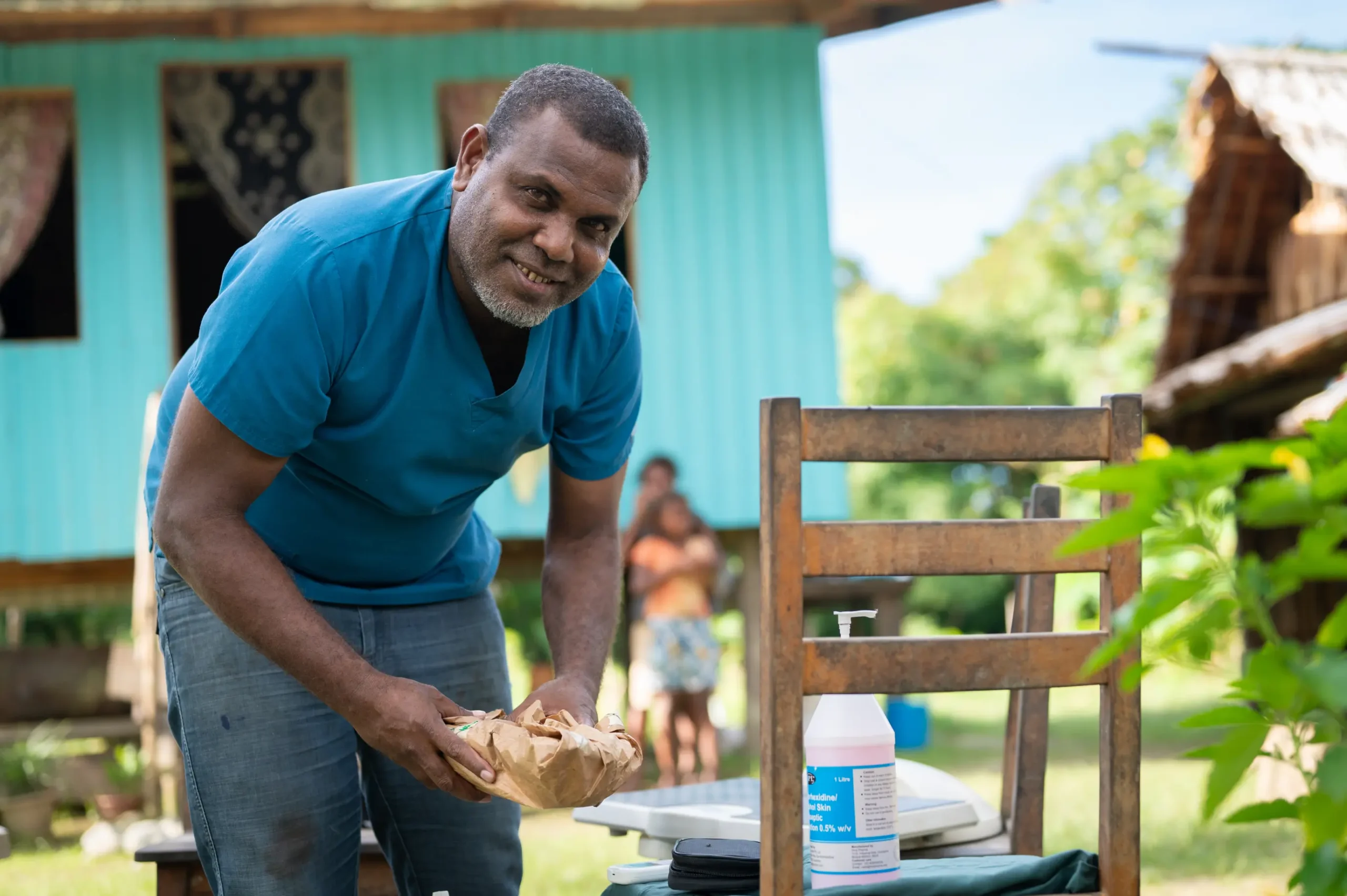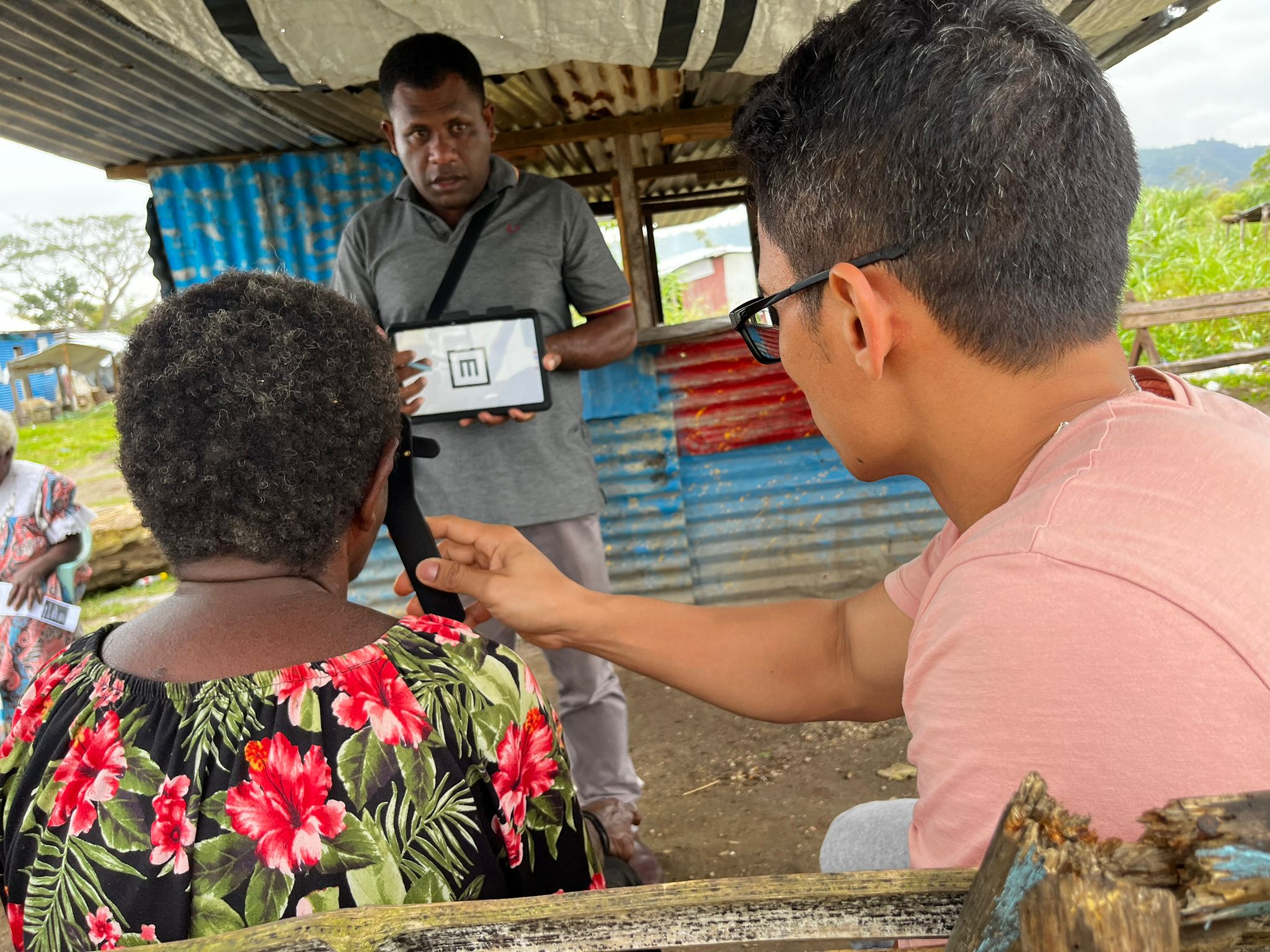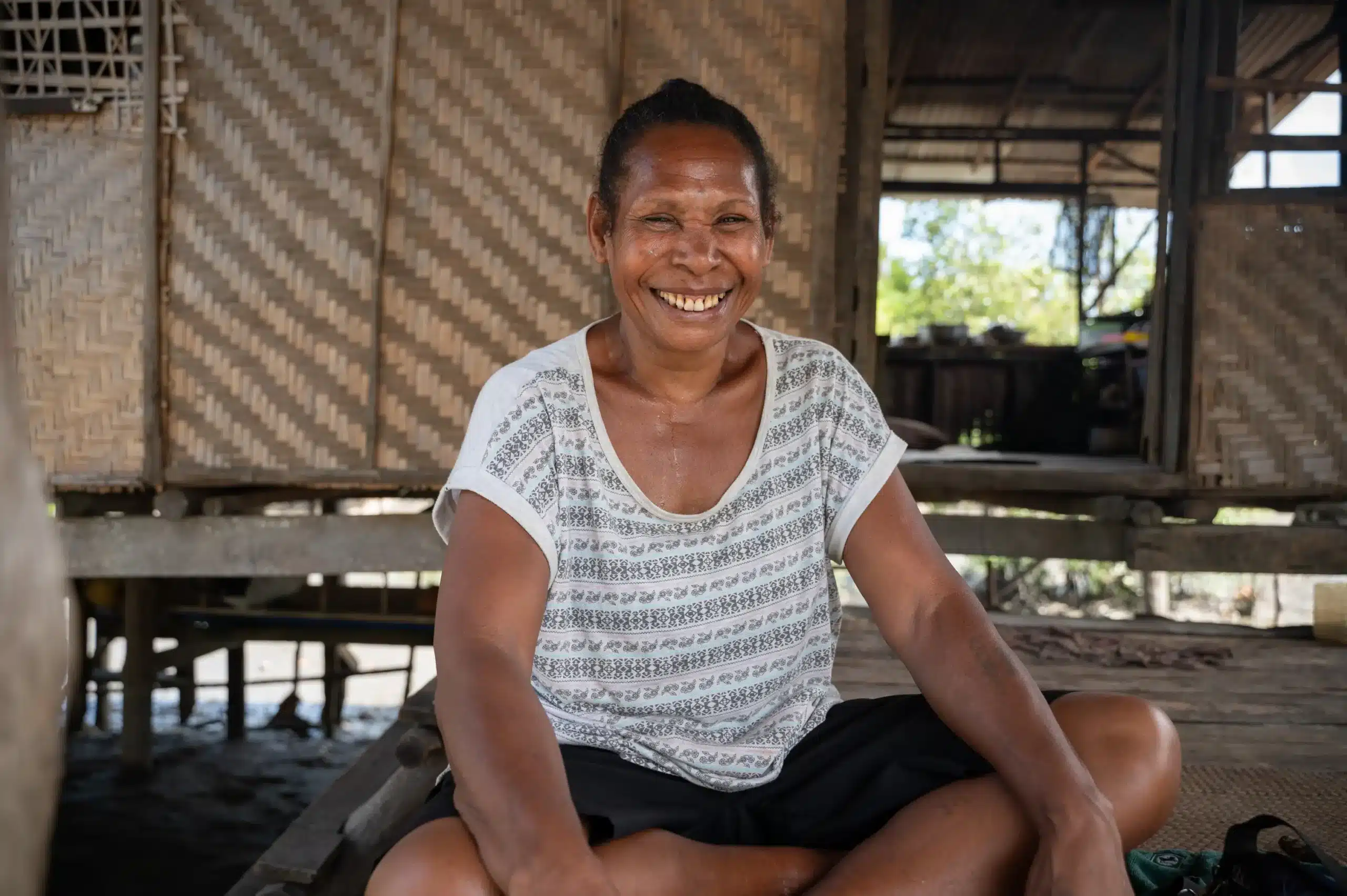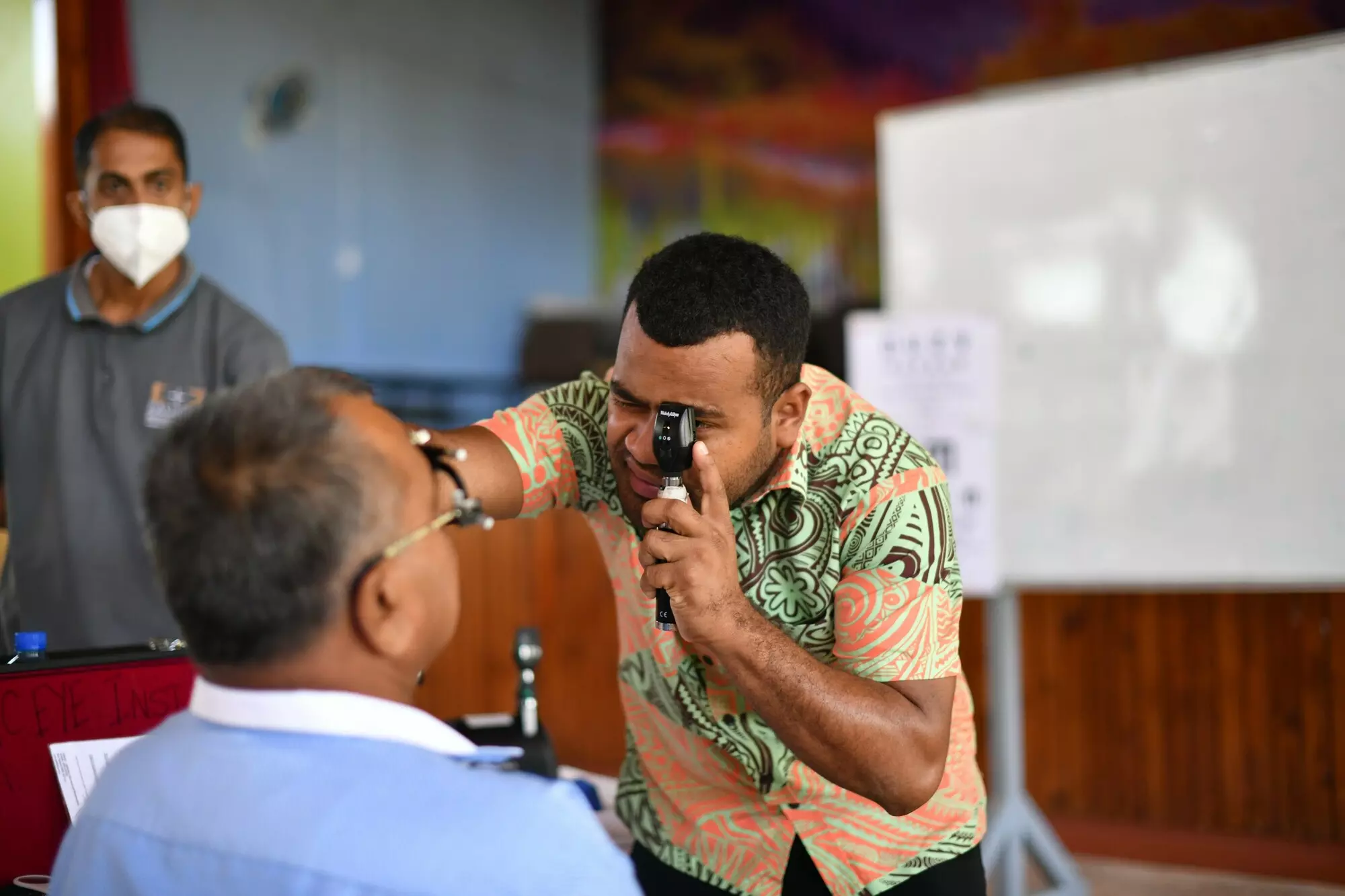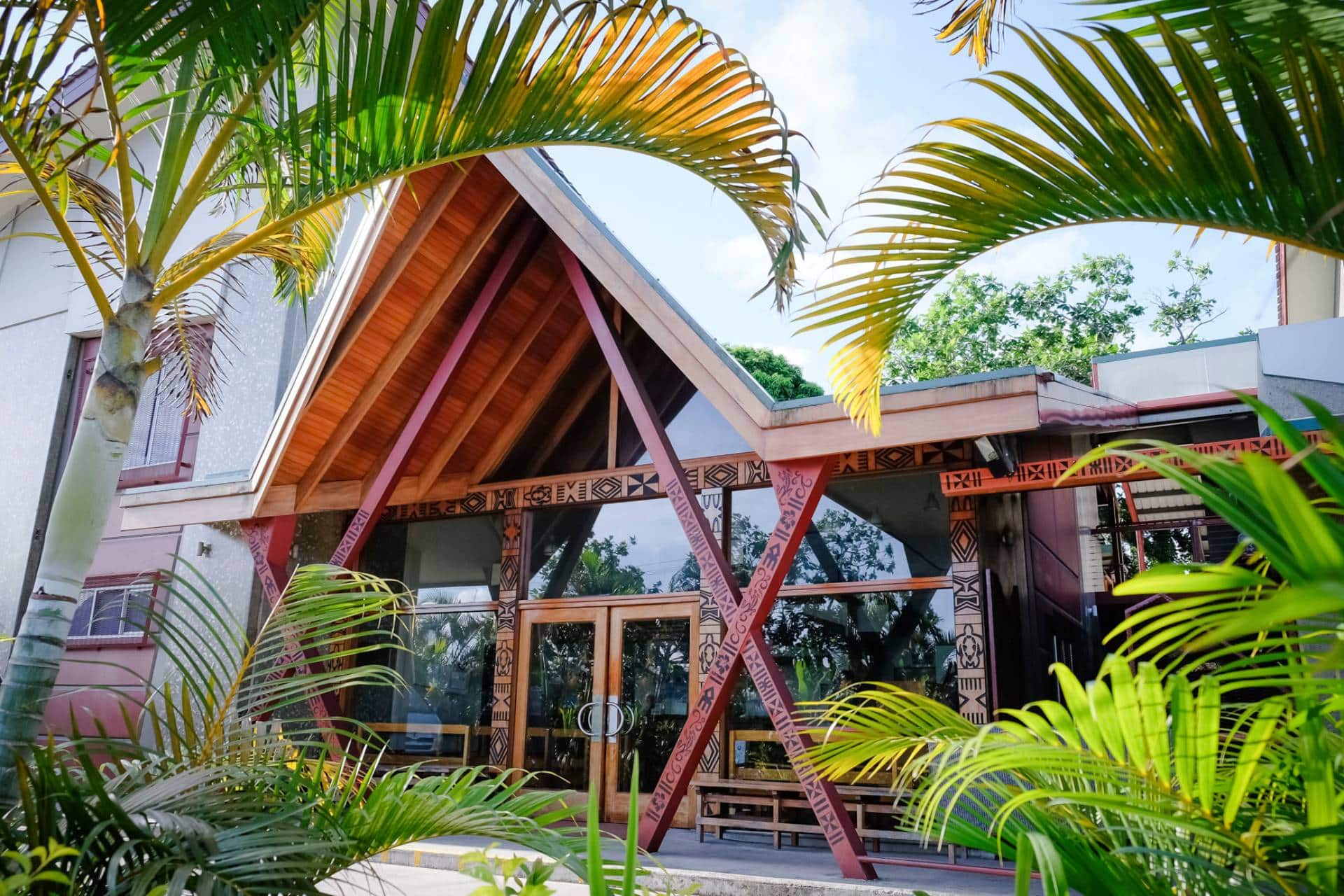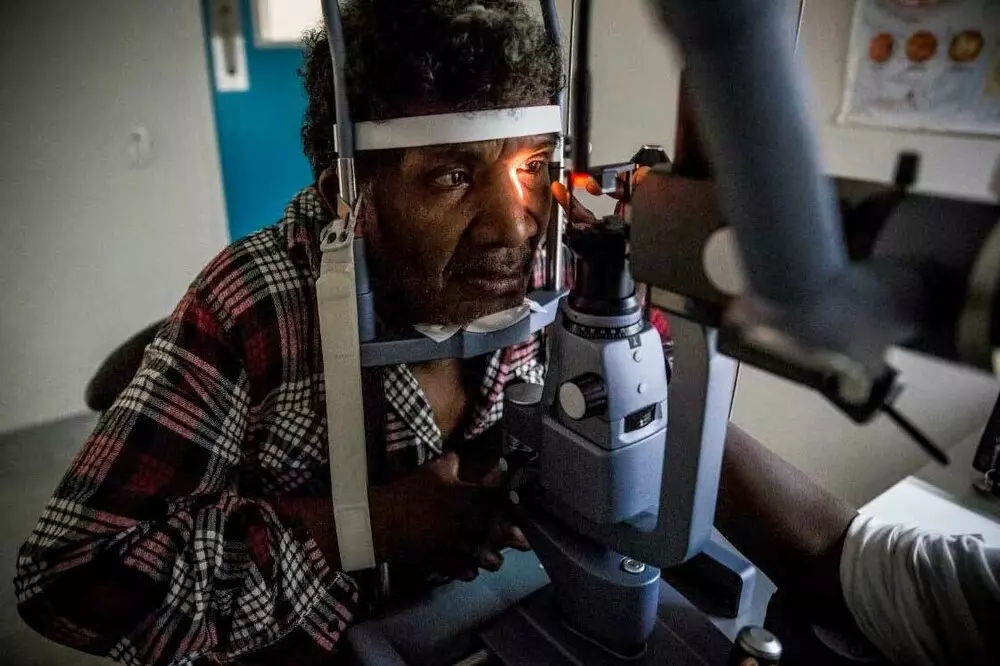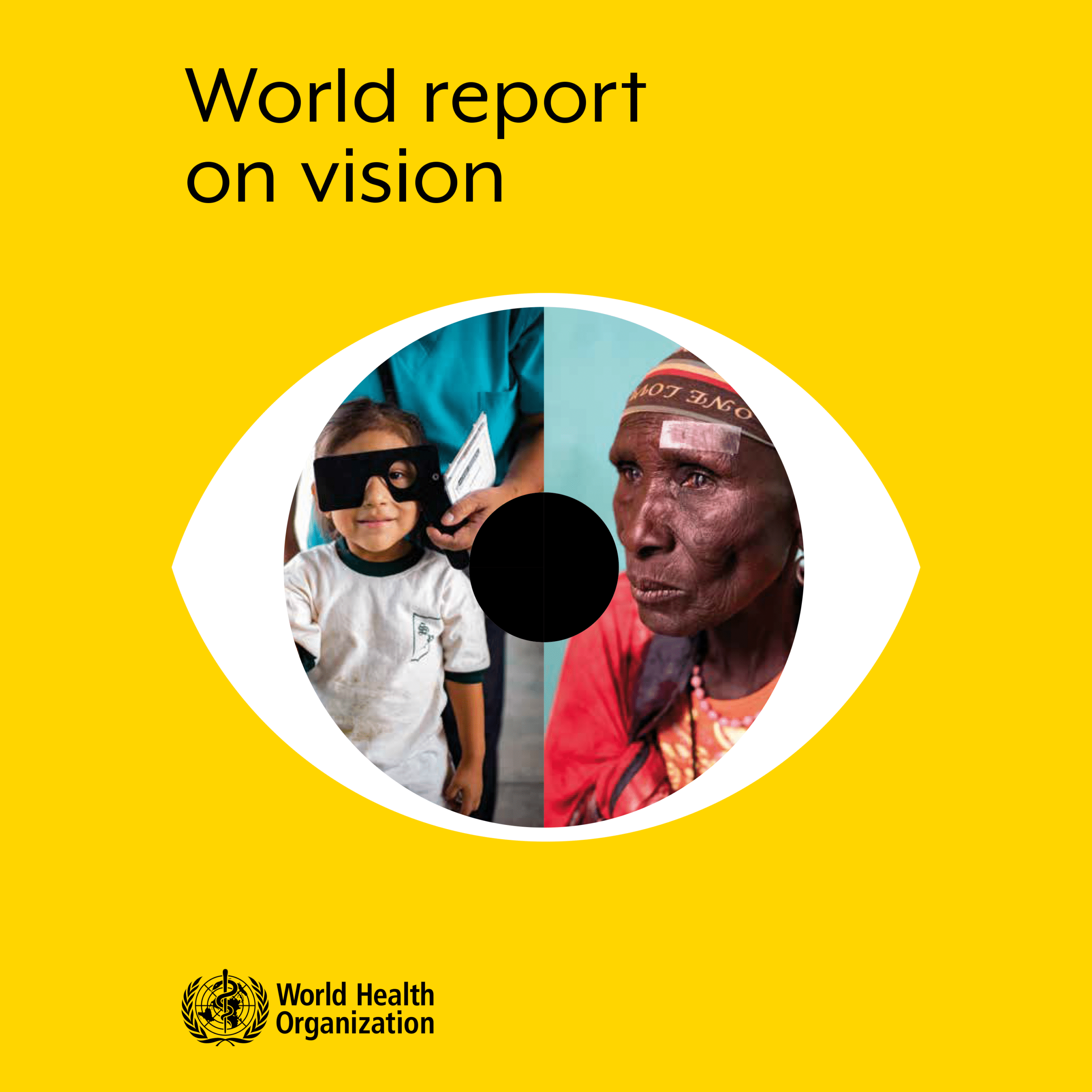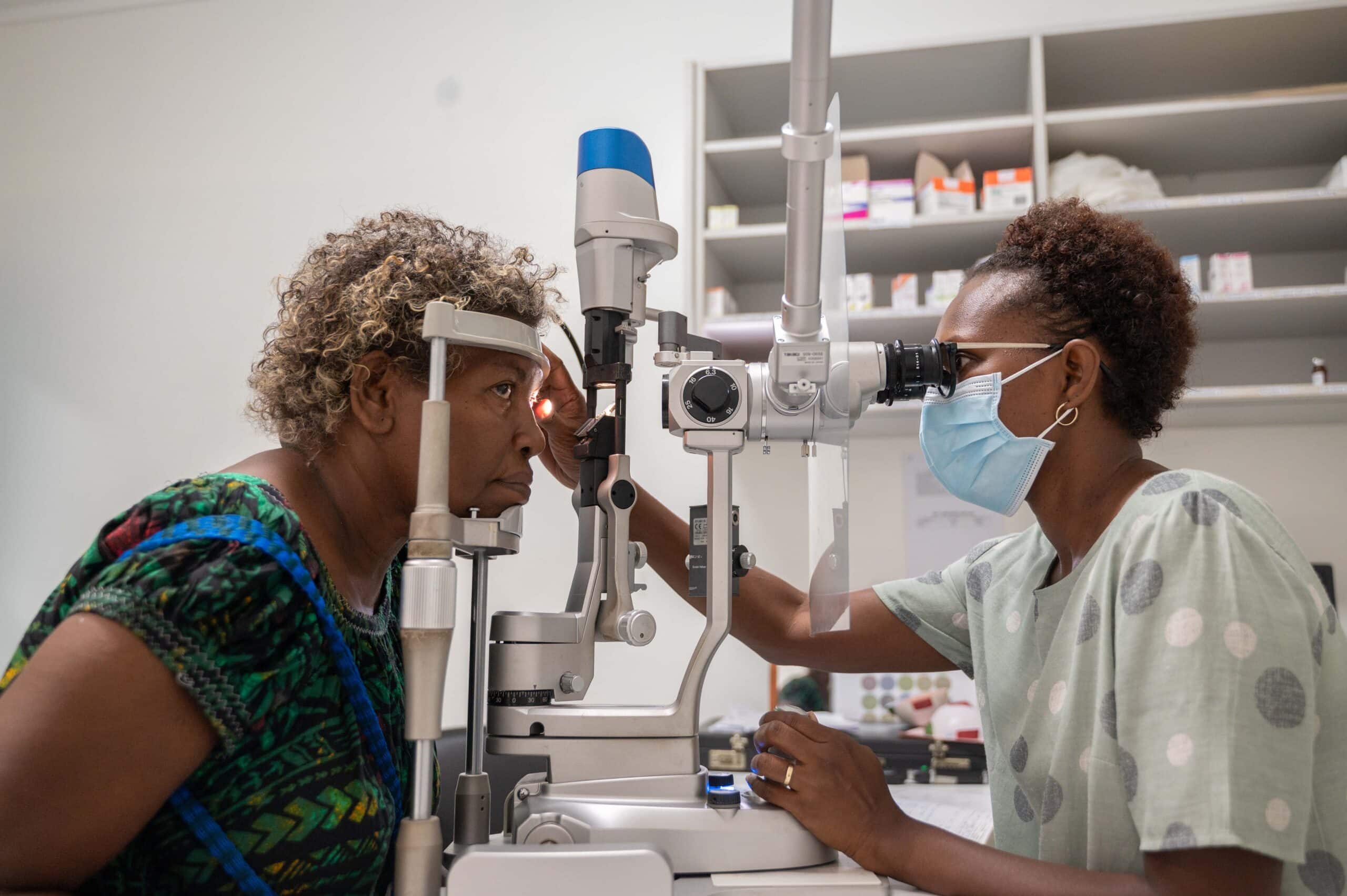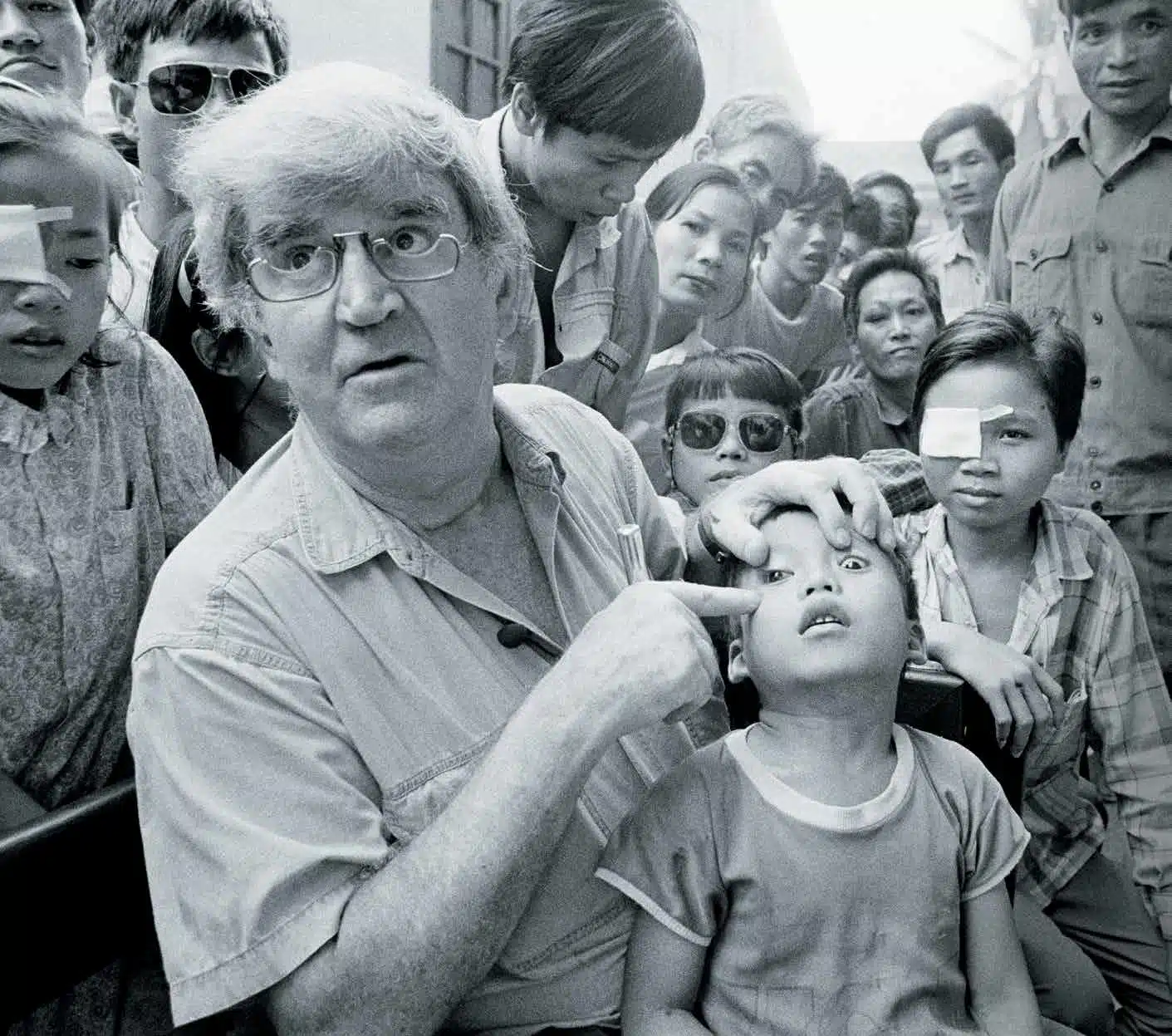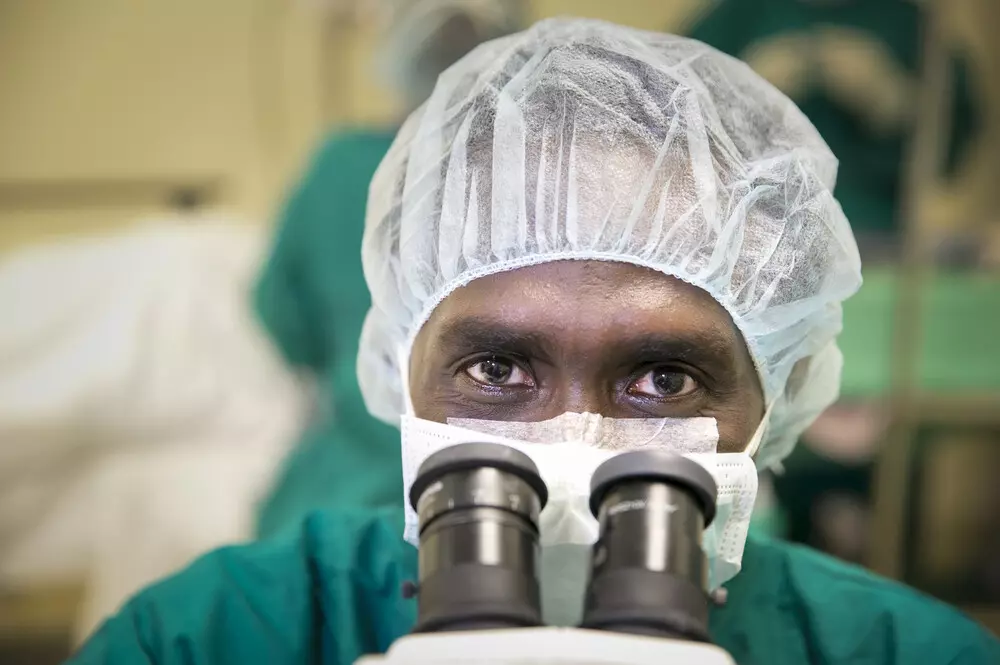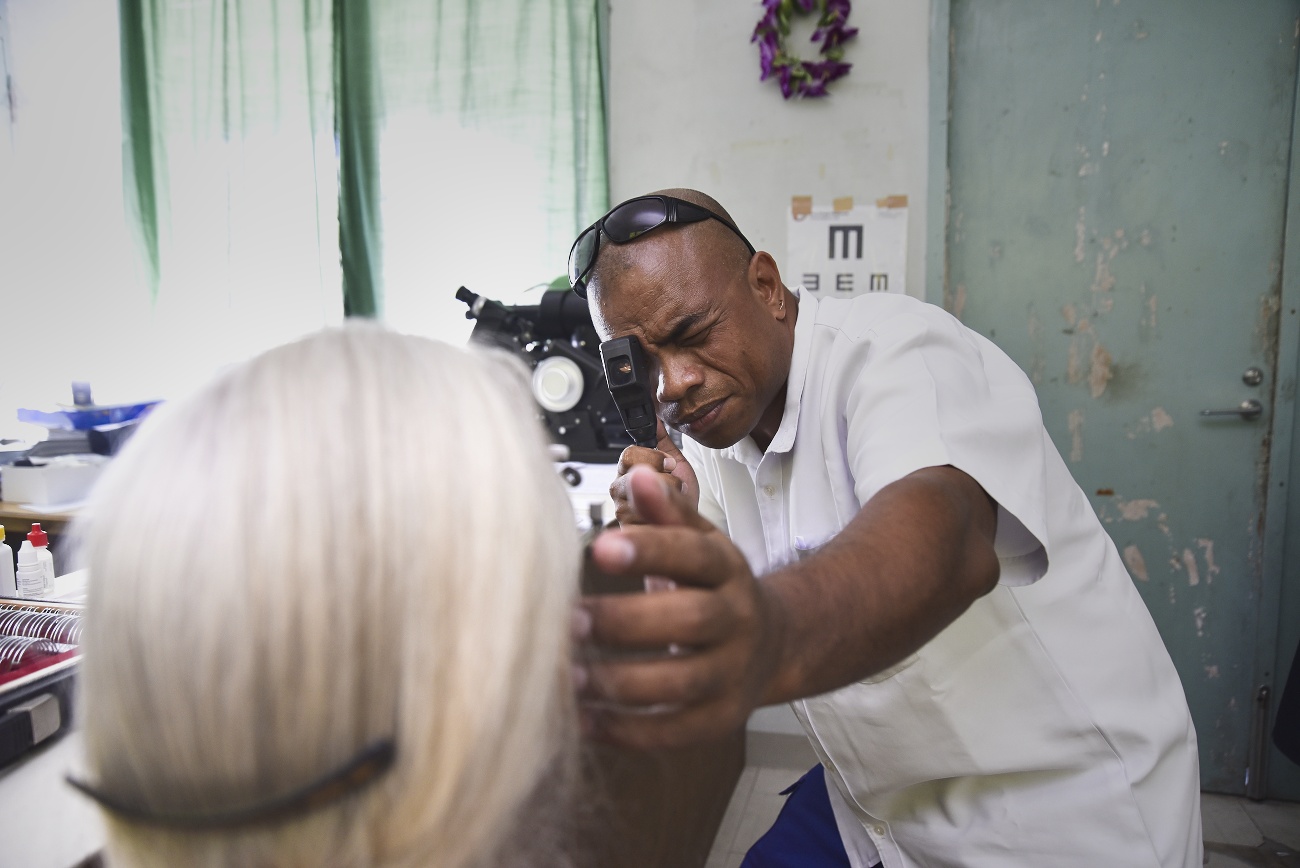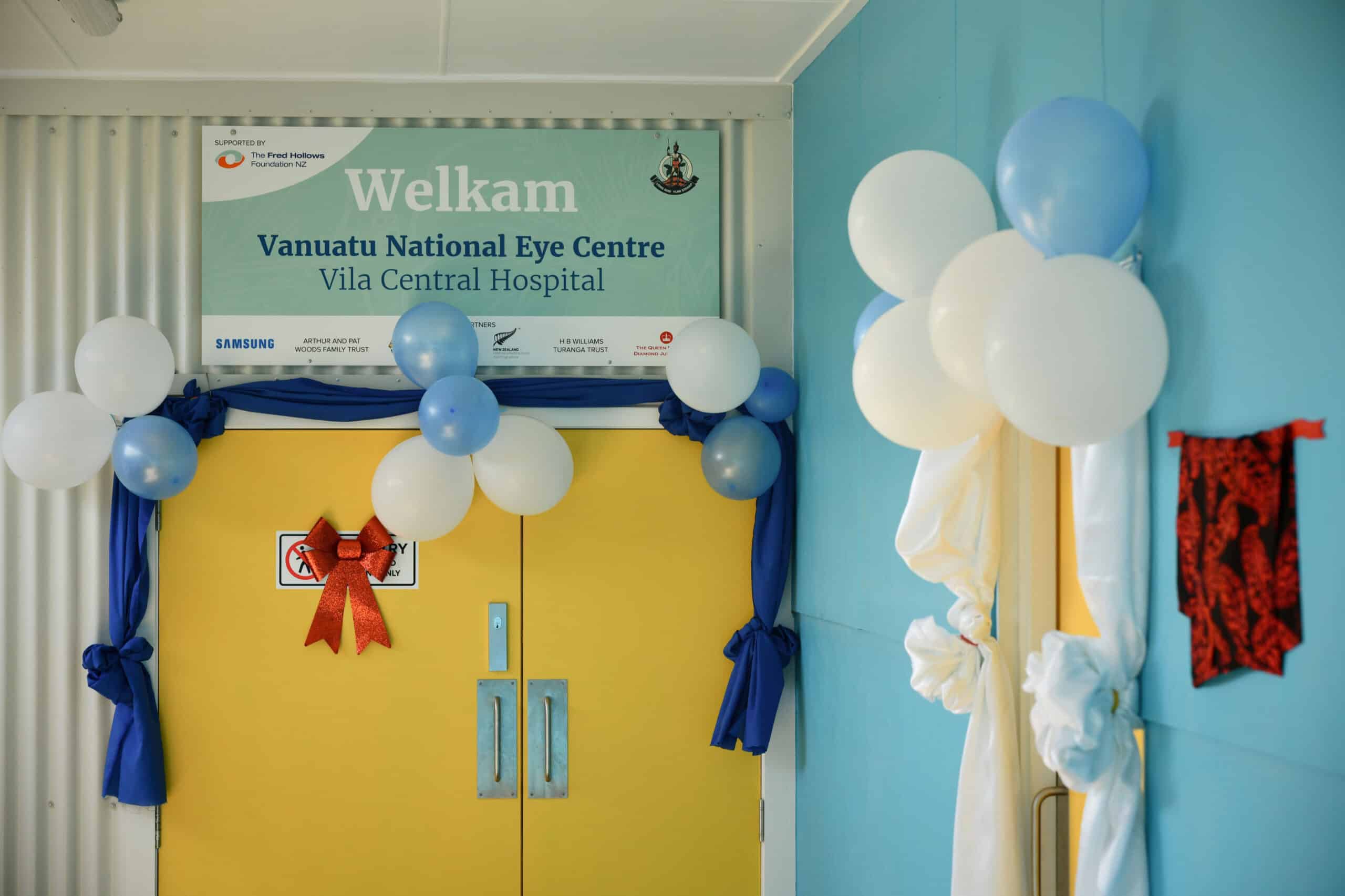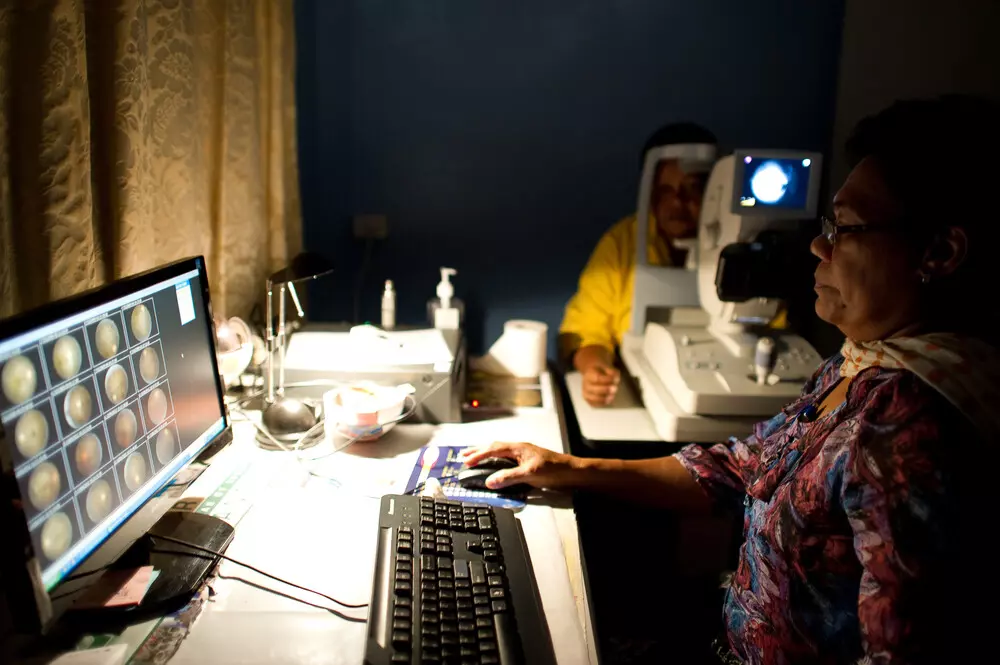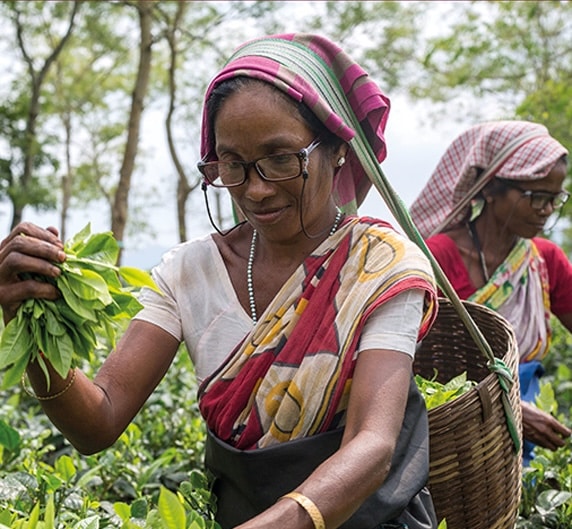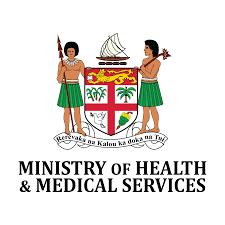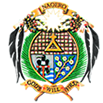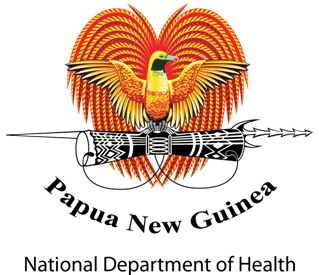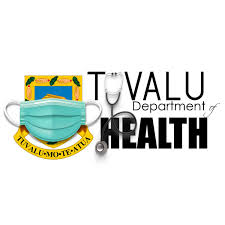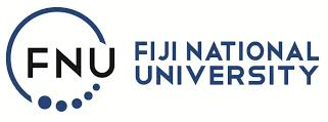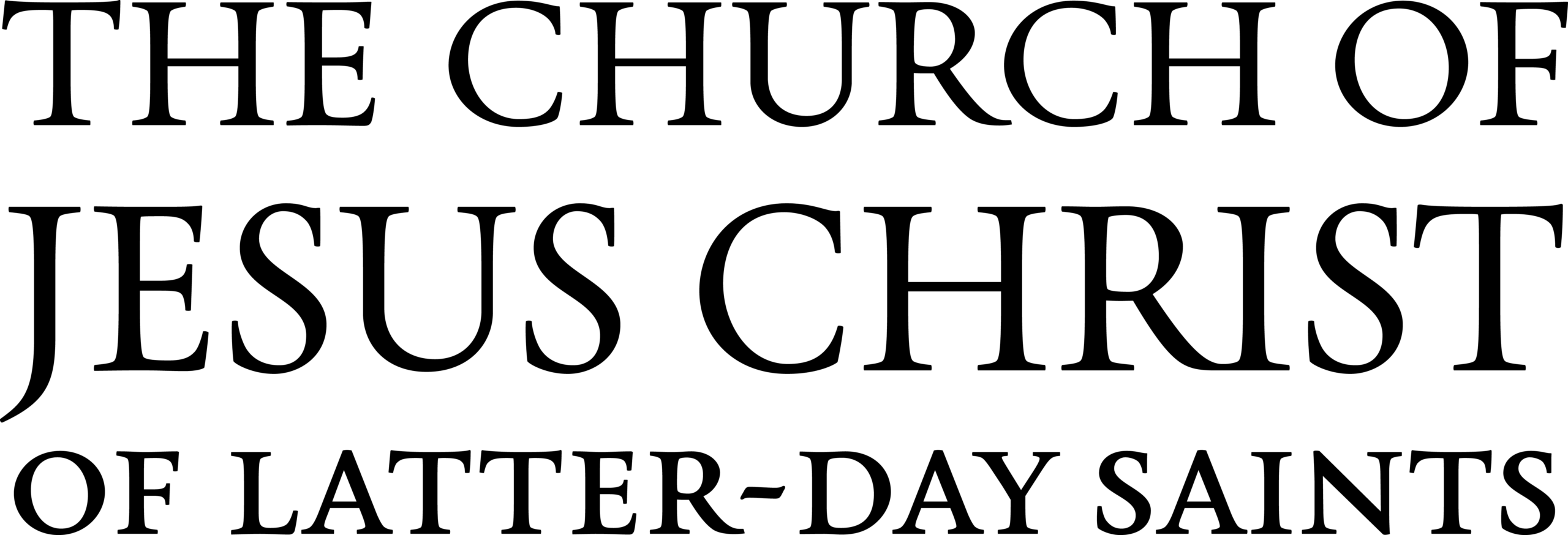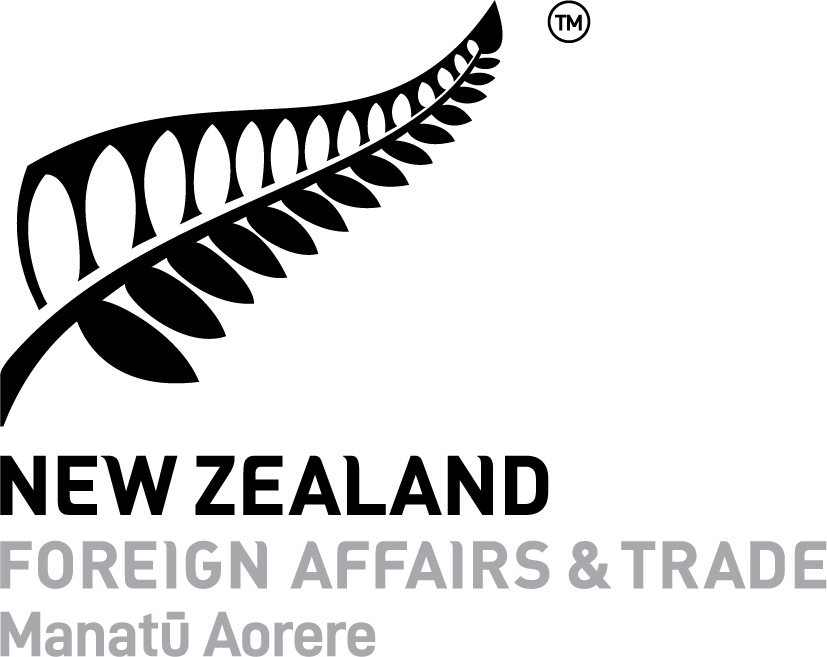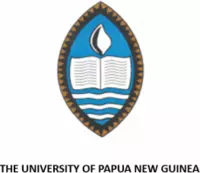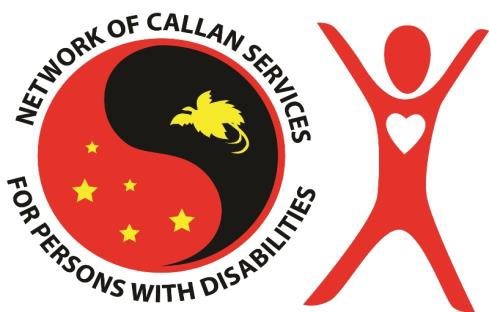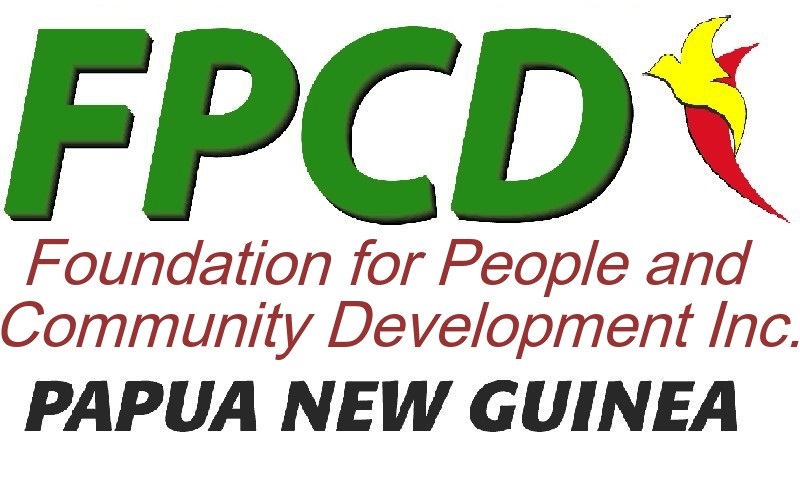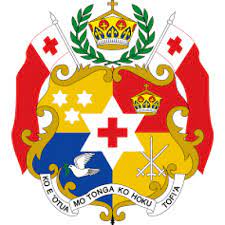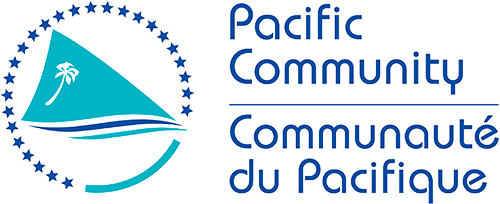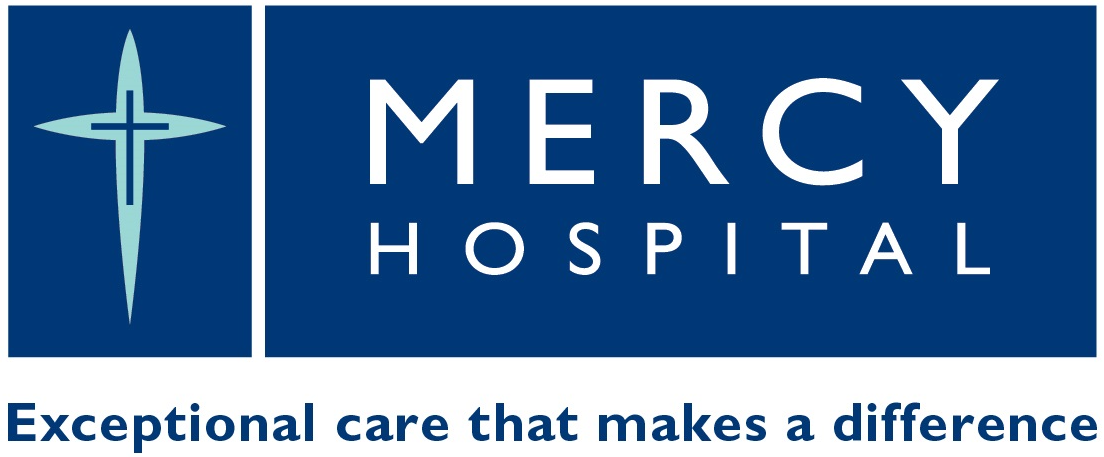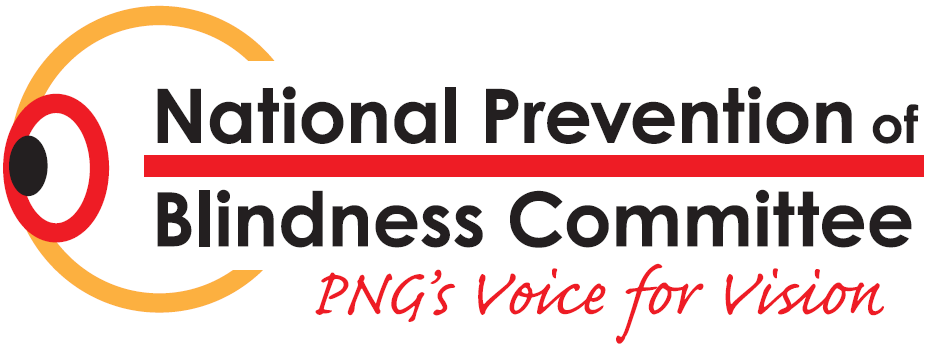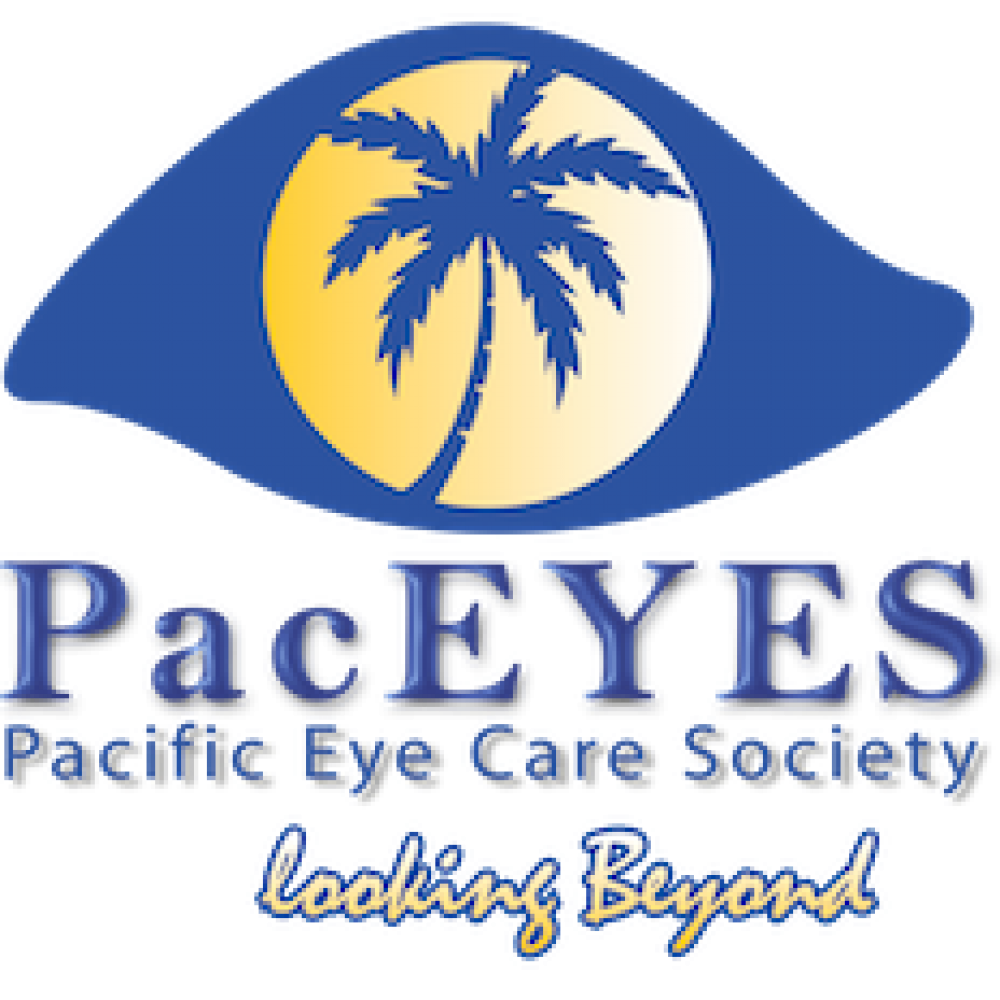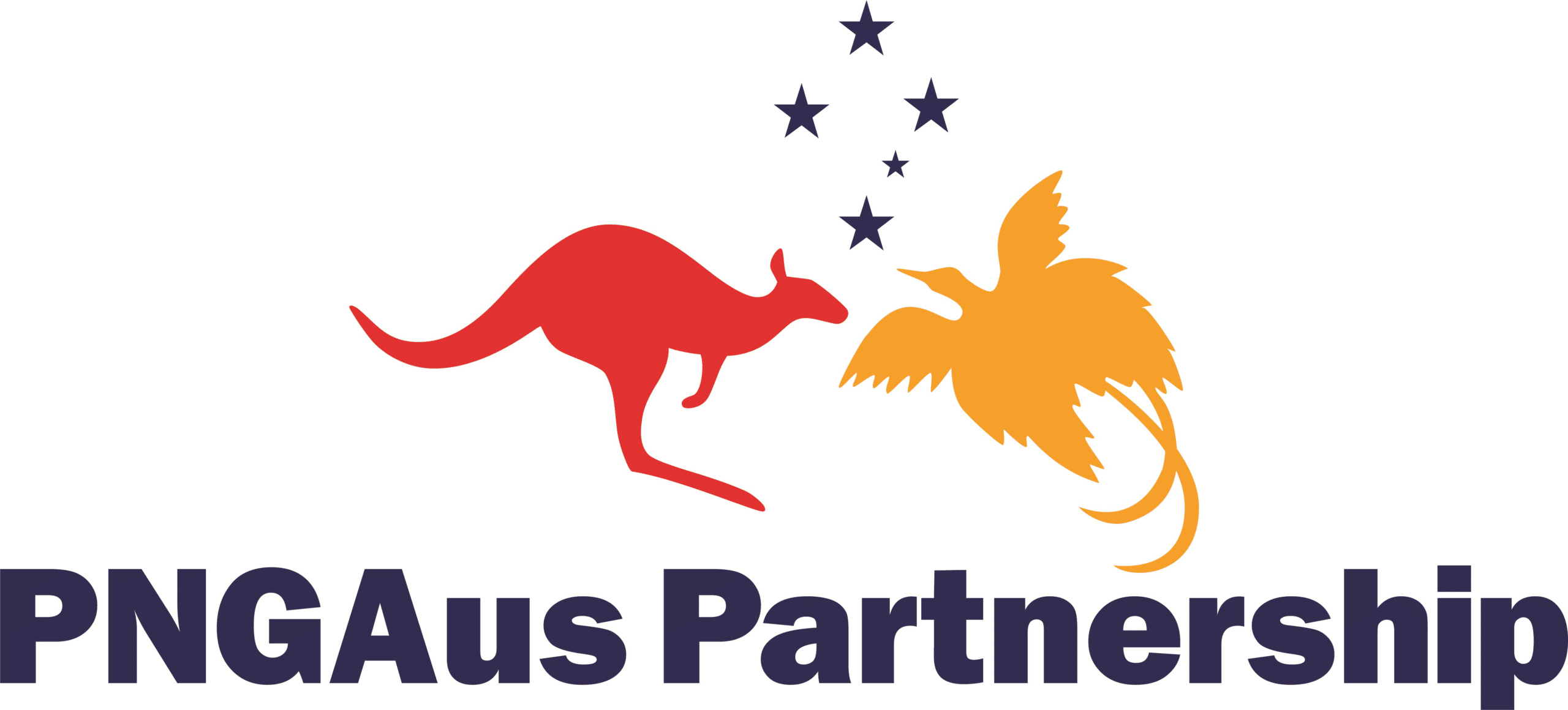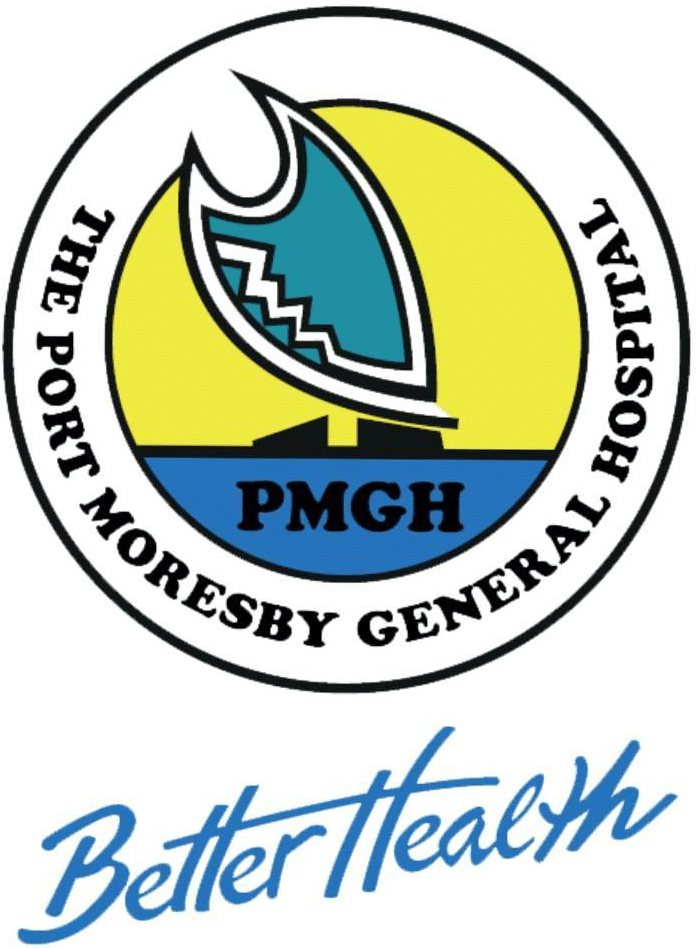The Rapid Assessment of Avoidable Blindness (RAAB) is a simple survey method used to find out how many people have vision problems, why they have them, and if they are getting the help they need.
The 2024 Samoa RAAB survey assessed vision in adults 50+ across all the districts of the country. With diabetes rates in Samoa among the highest in the Pacific, this survey also looked at the impact of diabetes and diabetic eye disease on vision.
Over 11 weeks, a dedicated team visited 132 communities across Samoa, reaching more than 4,000 people.
The survey was locally led by Dr Lucilla Ah Ching-Sefo, with support from the Ministry of Health, The Fred Hollows Foundation NZ, and regional eye health colleagues.
What did we learn?
What can we do about it?
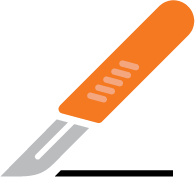
Increase surgical services in rural facilities and initiate regular audits of surgery outcomes.

Ensure improved access, affordable corrective lenses and train more health care providers to manage refractive errors.
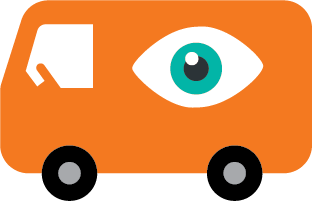
Integrate regular DR screenings into diabetes care to detect and treat early-stage DR, with a focus on patient education.
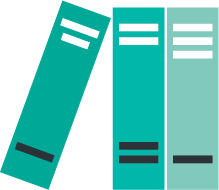
Launch campaigns to promote routine eye exams and educate on available eye care services.
Build capacity in eye care through improved infrastructure, trained personnel, and stable supply chains.

Advocate for prioritizing eye health in national policies to secure sustainable funding and international support.

